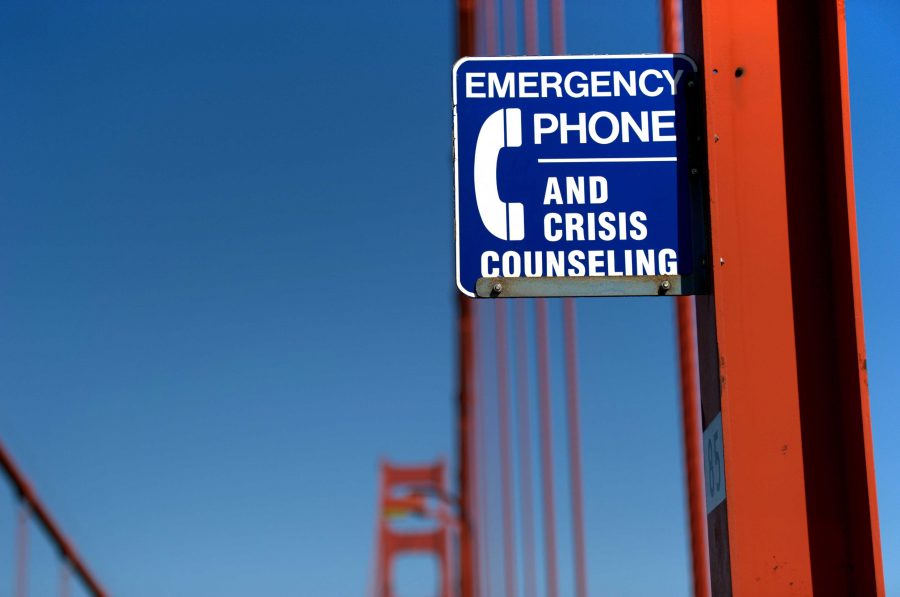It’s been a few months since celebrity chef Anthony Bourdain died by suicide, and designer Kate Spade and musician Avicii preceded him earlier this year. These high-profile suicides highlight an important lesson for journalists and internet citizens that is all too often lost in our age of click bait and maximizing views: the way that we talk about suicide can have life or death consequences.
According to reportingonsuicide.org, a website created by the American Foundation for Suicide Prevention and other public health partners, over 50 research studies have shown that poor reporting on suicide can increase the likelihood of suicide for individuals who were already at risk. Some of the worst practices in suicide reporting include using graphic headlines, pictures of the place the person killed themselves, explicit descriptions of the method of suicide and extensively covering the death.
Let’s consider how well journalists and internet citizens alike follow these standards. Well thought out and tasteful headlines do not generate as many retweets and likes as graphic headlines that mention the method of suicide. In a crowded information marketplace, both established and emerging media sources compete for page views and often resort to publishing explicit information in sometimes lurid ways in order to attract more viewers. This problem has been around as long as modern journalism, but it has intensified in the internet age. It is also not limited to journalists. Internet users on both social media and traditional news sites play a major role in encouraging these poor practices in suicide reporting. Being able to access almost any information on the internet has created a sense of entitlement in which any and all details become public knowledge. I for one have looked up details of suicides because I was morbidly curious. When enough people are curious like me, mainstream media outlets and non-traditional social media sources begin to cater to the desire for more personal and graphic information.
It might be morbidly satisfying to read the graphic details of someone’s suicide, but indulging in this curiosity creates a feedback loop of creating demand for graphic stories, which only strengthens our expectation that we have access to all of the information about a suicide. This feedback loop of demand and gratification has deadly consequences. Take Robin Williams’ death by suicide as an example. The circumstances surrounding his suicide were widely published, and speculation abounded as to why he had killed himself. According to a study by the scientific journal PLOS One, suicide deaths increased 9.85% from the expected number of cases in a span of five months after Williams’ death. Even more strikingly, the number of suicide using the same method as Williams increased by 32%. For individuals who are already at risk for suicide, reading explicit and extensive coverage about someone else’s death can trigger their own suicide attempt.
Journalists can do their part in preventing suicide by following the reporting recommendations established by the American Foundation for Suicide Prevention. Internet and social media users can also help by refusing to like, retweet or otherwise engage with irresponsibly reported stories about suicide. Beyond that, we can also train ourselves to not indulge our morbid curiosity. Even in this age of easily accessible information, we are not entitled to people’s intimate personal lives or the graphic details concerning their deaths. When the consequences of bad reporting on suicides are so costly, we need to reexamine how we relate to information and how our morbid curiosity is creating a deadly cycle.



Emma • Oct 25, 2018 at 10:41 am
Great article, Kristiane.